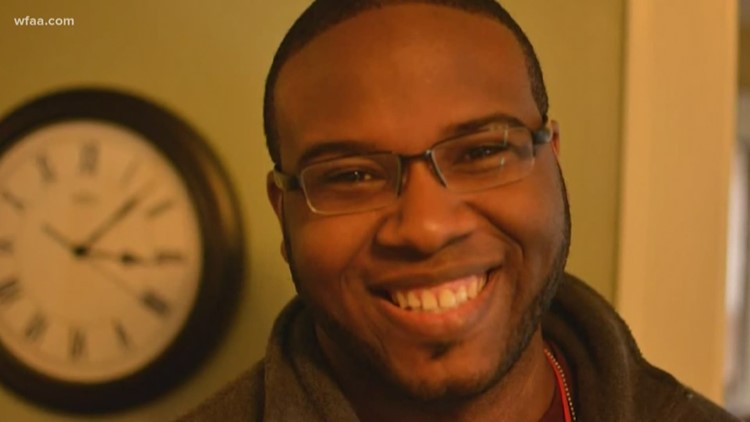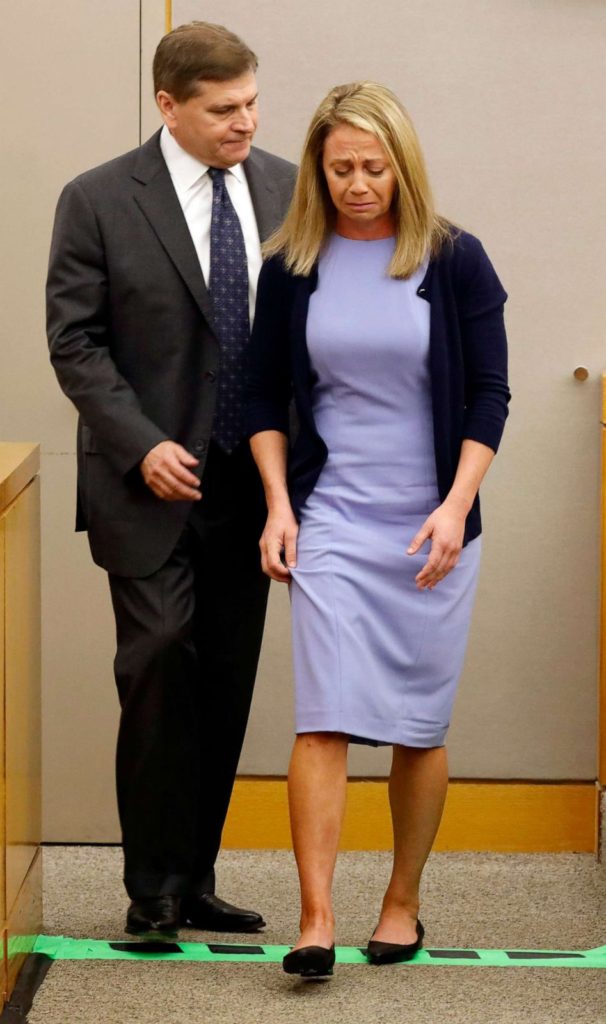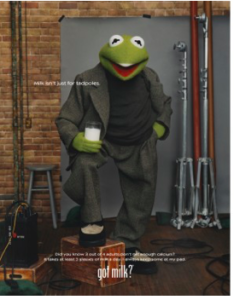
Picture courtesy of WFAA / ABC News
Amber Guyger shot an unarmed 28-year-old black man, Botham Jean, on September 6th, 2018. What followed was outrage, confusion, and anguish. At the time, Guyger was a police officer with a track record of inappropriate and offensive text messages and online posts. Jean was a college-educated young professional with a promising future at an auditing firm who led the choir at his church every Sunday.

Image courtesy of Tom Fox / The Dallas Morning News via ABC News
Stories revolving around controversial police brutality resulting in deaths are not new in the US. There are thousands of Philando Castiles, Eric Garners, Daniel Shavers, and Michael Browns. In all of these instances, officers responsible were not held fully accountable for their actions. From the examples given, the harshest punishment goes to the officer responsible for Eric Garner’s death, Officer Daniel Pantaleo, who lost his place in the New York Police Department as a result of his actions. It is important to note that even for Officer Pantaleo, the most punishment to ever be considered is a misconduct charge, not a criminal charge. The rest of the police officers responsible for the deaths were let go scot-free.
Confidence in the police by the American public has fluctuated between 52 percent in 2015 and 57 percent in 2017. Part of the answer could be found by looking at the United States’ northern neighbor, Canada. In a similar vein as the US, Canada shares Anglo-Saxon origins and has a similar geographical and demographic makeup as the US since it is also chiefly a nation of immigrants in North America. More interestingly, both nations’ news media are fixated on police activities. Despite all the similarities, however, fatal police shootings per capita are approximately six-times lower in Canada than in the US. One reason for this could be attributed to an accountability mechanism; namely, who keeps an eye on the police? For instance, Canada has a Special Investigation Unit that watches over its police force to varying effects. It’s not like the US doesn’t have regulatory mechanisms: it has administrative courts. But, after every conviction in the US, the members involved need to participate in an endless dance between judges, persecutors, jurors, et cetera.
Despite the expansive investigation and research done in the courtroom, the resulting verdict from the courts are unsurprisingly expected and insulting. Police brutality is too regularly held unaccountable with often-biased jurors and judges at play. The police departments involved in some cases have been known to tamper with the evidence and to intentionally commit illegal arrests and intimidation. As a result, the justice system doesn’t always serve its proper function and regulators often times shelter convicted police officers as opposed to assessing misconducts with due diligence.
There is, however, something different about Amber Guyger’s case. Within the first few days of the trial, the jurors found Guyger guilty. It is important to point out that out of 12 jurors and 4 alternates, 12 of them were people of color and 12 of them were female. Guyger’s jury is more diverse than a typical jury that has been involved in a case of this magnitude. This is one of the principal differences that undoubtedly affected the verdict between Guyger’s case and previous cases of excessive force being used. Indeed, attorney Ben Crump, the representative of Trayvon Martin in State of Florida v. George Zimmerman, who also represents Botham Jean in the trial of Amber Guyger, said the “jury’s verdict sets a powerful precedent for future cases”. For this to carry on in the future, we also need more juries like the one that handled Guyger’s case.
Guyger was sentenced to 10 years in prison for murder. The last time a police officer has been sentenced for murder in Texas was back in 1970s with Officer Darrell L. Cain for murder of 12 year old Santos Rodriguez. One could reasonably expect the legal precedent Guyger’s case would set for future ones, if the jury can establish a degree of heterogeneity amongst its members.
There are already potential long-term consequences set by the ruling of Guyger’s case. Perhaps one of the clearest ways we can expect this is in how “Castle Doctrine”, one of the most reliably invoked laws when it comes to cases that involve gun violence (Guyger invoked it in her case as well), is interpreted in cases such as these.
The firm Barnett Howard & Williams helpfully explains:
- Reasonably believed the deadly force was immediately necessary
- Had a legal right to be on the property
- Did not provoke the person against whom deadly force was used
- Not engaged in criminal activity at the time the deadly force was used
There are obvious ambiguities with the word “reasonably believe” for when deadly force was immediately necessary. Naturally, the force of Castle Doctrine hinges upon how one justifies the interpretation of “reasonably believe” when deadly force was immediately necessary. There are no set standards of measurement for how it operates.
Guyger’s case is certainly creating constraints on the definition of “reasonably believe”. If nothing else, the trial has now provided a sharper toolkit for judges and jurors to perform their roles with more guidelines on interpreting Castle Doctrine.
Dan Song



